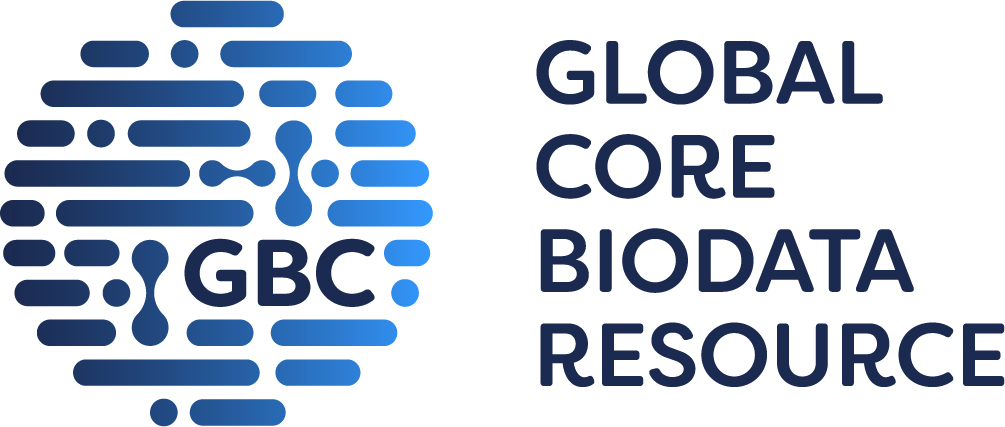
GtoPdb is requesting financial support from commercial users. Please see our sustainability page for more information.
non-Hodgkin lymphoma

GtoPdb Disease Summaries
This section gives an overview of the disease, and where available shows the following:
- Synonyms: Shows known synonyms for the disease.
- Description: Gives a basic description/definition of the disease.
- Database Link: External links to the same disease at the Disease Ontology, OMIM or Orphanet sites.
- Immunopharmacology comments: General comments about the target's role in immunopharmacology, provided by GtoImmuPdb curators.
- Associated with: Counts are displayed for the total targets the disease is associated with in GtoPdb. The counts of targets and ligands of immunological relevance associated to the disease are also shown.
More information can be found in the help pages.
✖| Disease ID: | 1219 | |
| Name: | non-Hodgkin lymphoma | |
| Associated with: | 2 targets | |
| 1 immuno-relevant target |  |
|
| 7 immuno-relevant ligands | ||
| Description |
| A lymphoma that is characterized as any kind of lymphoma except Hodgkin's lymphoma. |
| Database Links |
|
Disease Ontology:
DOID:0060060 OMIM: 605027 |
Targets

GtoPdb Disease Summaries - Targets
Click on the target name to link to its detailed view page
Where available, information is display on the role of the target in the disease; drugs which target the disease and their therapeutic use and side-effects.
If there is mutation data curated in GtoPdb this is indicated, with a link back to the appropriate section on the target detailed view page
Immuno ligand interactions - If available, a table of immuno-relevant ligands is shown. These ligands have been curated as having an association to the disease and possess interaction data with the target in GtoPdb. The approval status of the ligand is shown, along with curator comments and an indication of whether the target is considered the primary target of the ligand.
More information can be found in the help pages.
✖| CD20 (membrane-spanning 4-domains, subfamily A, member 1) | ||||||||||||||||
| Comments: | CD20 is the molecular target of the B cell NHL therapeutic ibritumomab tiuxetan. | |||||||||||||||
| Ligand interactions: |
|
|||||||||||||||
| CD37 molecule | ||||||||||||||||
| Comments: | CD37 is an immuno-oncology target that is being expoited for the development of novel therapeutics for the treatment of B cell lymphomas. | |||||||||||||||
| References: | 10 | |||||||||||||||
| Ligand interactions: |
|
|||||||||||||||
Ligands

GtoPdb Disease Summaries - Ligands
Click ligand name to view ligand summary page
- Approved: If the ligand is an approved drug this is indicated, along with approval bodies.
- Immuno: Immuno icon indicates the ligand is immuno-relevant
Click the arrow in the final column to expand comments
- Immuno Disease Comments: Curatorial comments specifically added as part of GtoImmuPdb. They give more information on the association between the ligand and disease in the context of immunopharmacology.
- Clinical Use: General clinical comments relating to the ligand and may not necessarily be specific to the disease in question. With hyperlink to more details on the ligand summary pages.
- Bioactivty Comments: Curatorial comments specifically about the compounds biological activity - with hyperlink to more details on the ligand summary pages.
More information can be found in the help pages.
✖| Key to terms and symbols | Click ligand name to view ligand summary | Click column headers to sort | |||||||||||||||||||||||||||||||||||||||||||||||||||||||||||||||||||||||||||
|
|||||||||||||||||||||||||||||||||||||||||||||||||||||||||||||||||||||||||||||
References
1. Chinn PC, Leonard JE, Rosenberg J, Hanna N, Anderson DR. (1999) Preclinical evaluation of 90Y-labeled anti-CD20 monoclonal antibody for treatment of non-Hodgkin's lymphoma. Int J Oncol, 15 (5): 1017-25. [PMID:10536187]
2. Furman RR, Sharman JP, Coutre SE, Cheson BD, Pagel JM, Hillmen P, Barrientos JC, Zelenetz AD, Kipps TJ, Flinn I et al.. (2014) Idelalisib and rituximab in relapsed chronic lymphocytic leukemia. N Engl J Med, 370 (11): 997-1007. [PMID:24450857]
3. Greenberger JS, Rothstein L, DeFabritiis P, Bregni M, Bast Jr R, Ritz J, Nadler LM, Lipton JM, Sakakeeny MA. (1985) Effects of monoclonal antibody and complement treatment of human marrow on hematopoiesis in continuous bone marrow culture. Cancer Res, 45 (2): 758-67. [PMID:3967246]
4. Kaminski MS, Butchko GM, Glenn SD, Wahl RL. (1998) Radioimmunotherapy of lymphoma using anti-CD20 antibodies. Patent number: US5843398. Assignee: Coulter Pharmaceutical, Inc., Regents Of The University Of Michigan. Priority date: 16/09/1993. Publication date: 01/12/1998.
5. Lin S, Jin J, Liu Y, Tian H, Zhang Y, Fu R, Zhang J, Wang M, Du T, Ji M et al.. (2019) Discovery of 4-Methylquinazoline Based PI3K Inhibitors for the Potential Treatment of Idiopathic Pulmonary Fibrosis. J Med Chem, 62 (19): 8873-8879. [PMID:31335136]
6. Pagel JM, Spurgeon SE, Byrd JC, Awan FT, Flinn IW, Lanasa MC, Eisenfeld AJ, Stromatt SC, Gopal AK. (2015) Otlertuzumab (TRU-016), an anti-CD37 monospecific ADAPTIR(™) therapeutic protein, for relapsed or refractory NHL patients. Br J Haematol, 168 (1): 38-45. [PMID:25146490]
7. Rafiq S, Siadak A, Butchar JP, Cheney C, Lozanski G, Jacob NK, Lapalombella R, McGourty J, Moledor M, Lowe R et al.. (2013) Glycovariant anti-CD37 monospecific protein therapeutic exhibits enhanced effector cell-mediated cytotoxicity against chronic and acute B cell malignancies. MAbs, 5 (5): 723-35. [PMID:23883821]
8. Stashenko P, Nadler LM, Hardy R, Schlossman SF. (1980) Characterization of a human B lymphocyte-specific antigen. J Immunol, 125 (4): 1678-85. [PMID:6157744]
9. Stokke C, Blakkisrud J, Løndalen A, Dahle J, Martinsen ACT, Holte H, Kolstad A. (2018) Pre-dosing with lilotomab prior to therapy with 177Lu-lilotomab satetraxetan significantly increases the ratio of tumor to red marrow absorbed dose in non-Hodgkin lymphoma patients. Eur J Nucl Med Mol Imaging, 45 (7): 1233-1241. [PMID:29470615]
10. Witkowska M, Smolewski P, Robak T. (2018) Investigational therapies targeting CD37 for the treatment of B-cell lymphoid malignancies. Expert Opin Investig Drugs, 27 (2): 171-177. [PMID:29323537]








